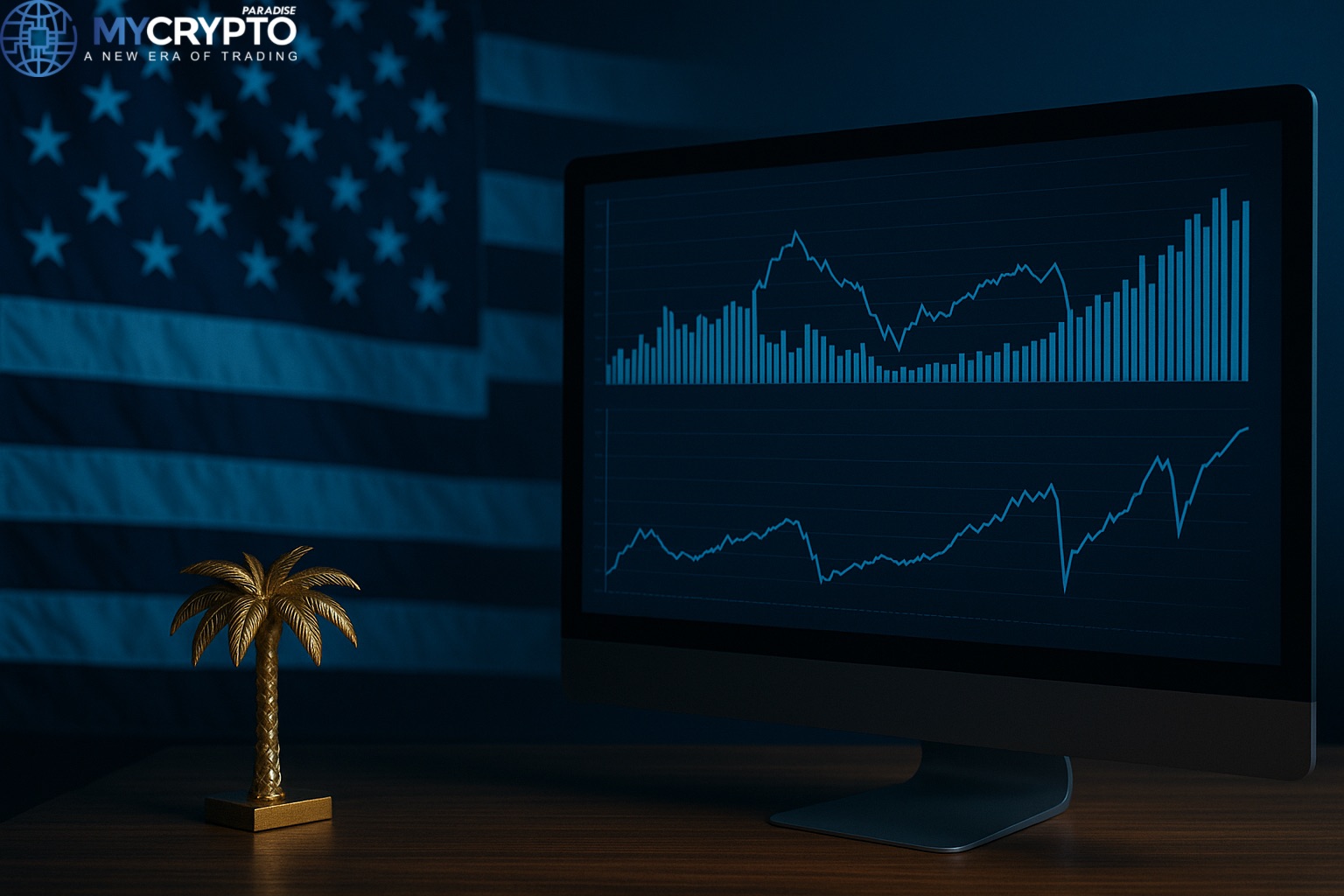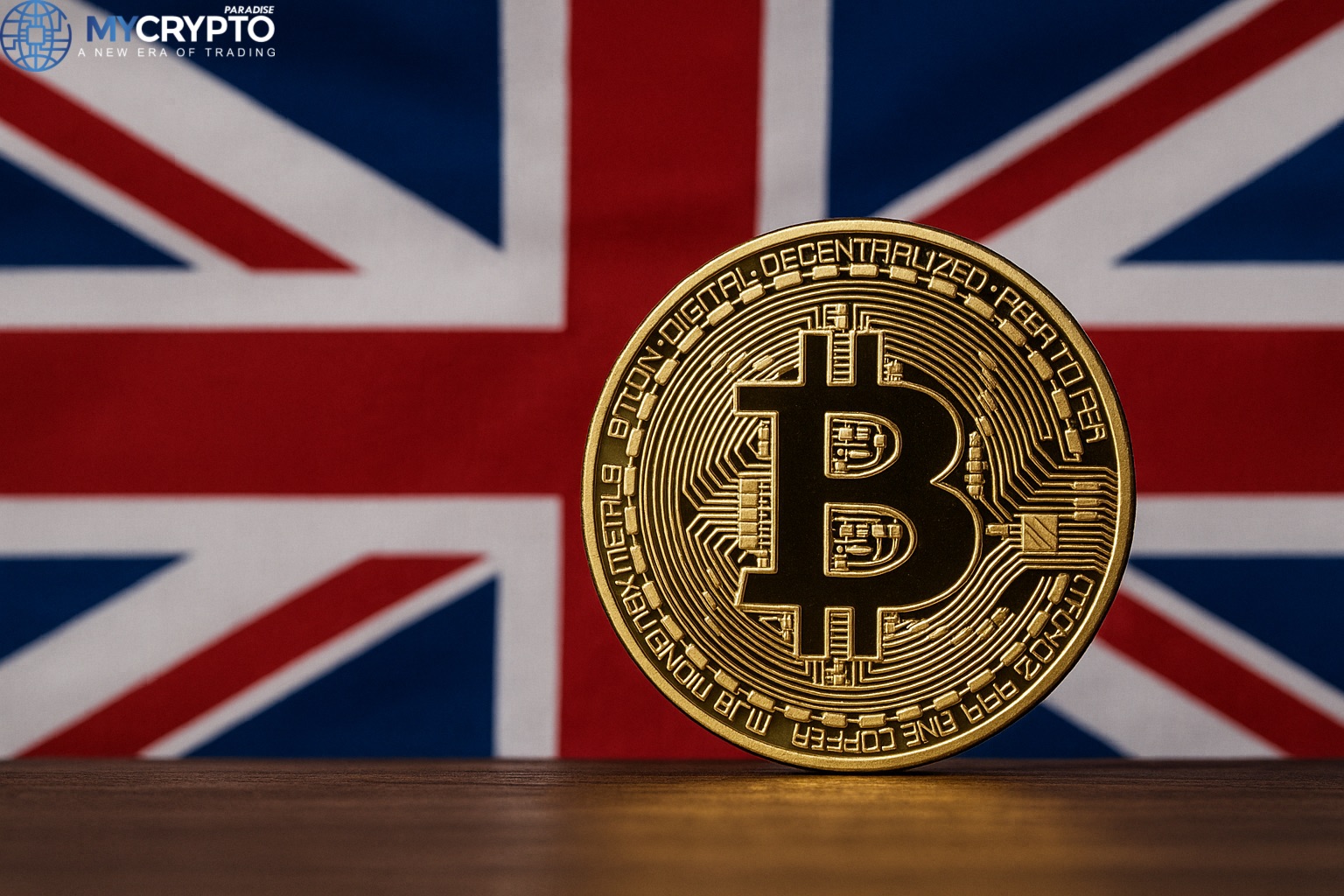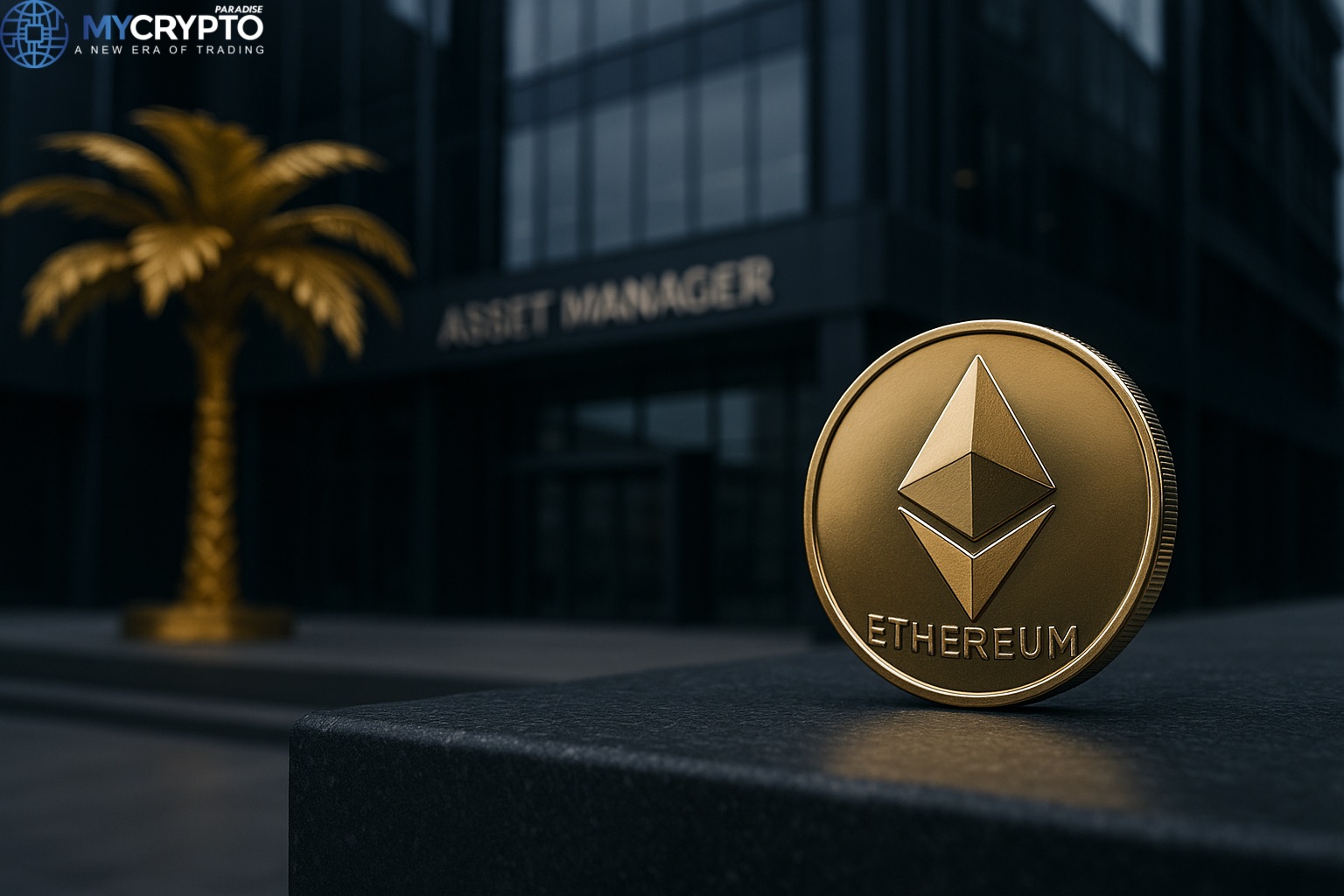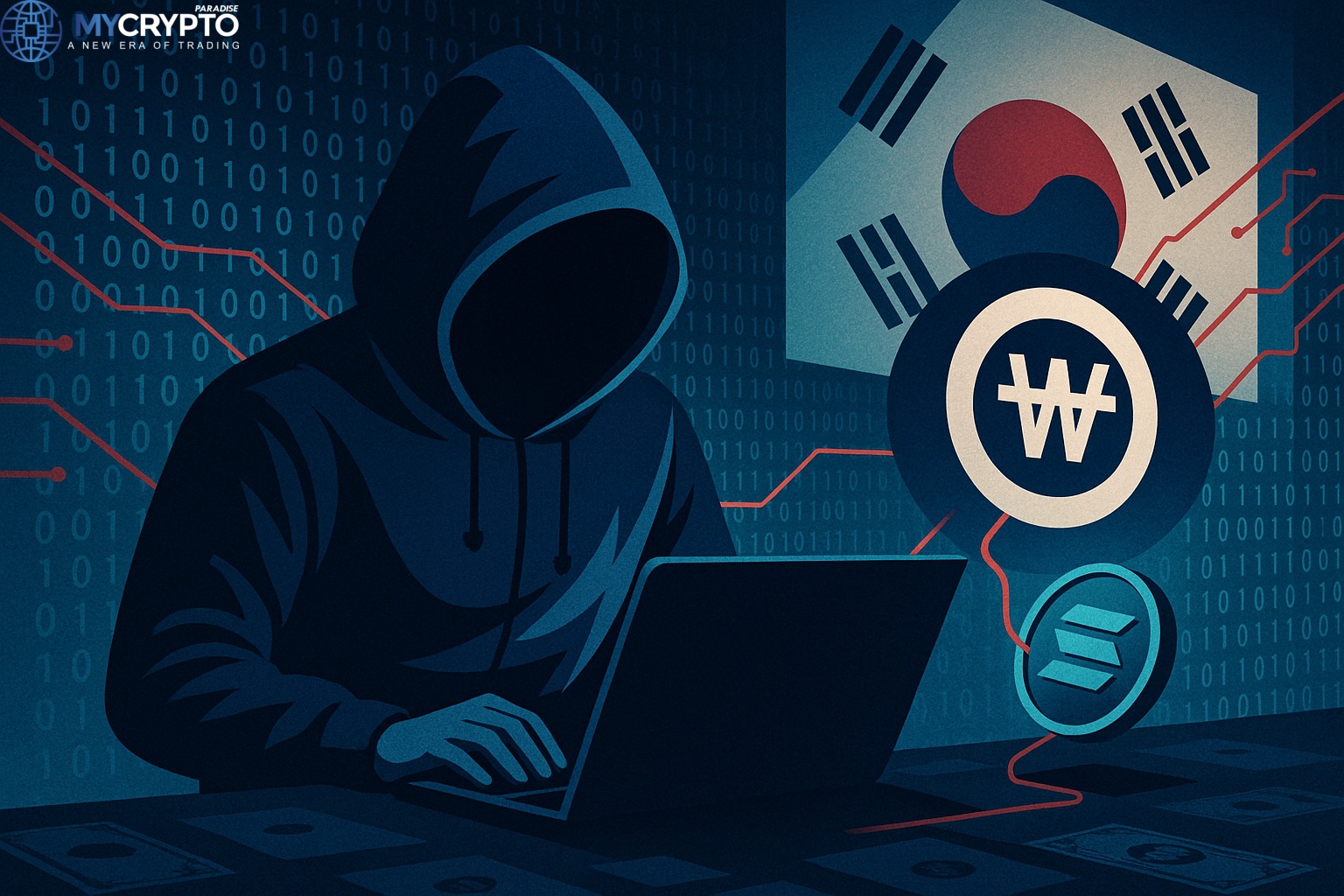Quick Takes:
- Russia announces the creation of cryptocurrency exchanges in Moscow and St. Petersburg, aiming to strengthen global trade.
- Plans include a stablecoin tied to the Chinese yuan and the BRICS currency basket, enhancing financial diversification.
Yello Paradisers! Is Russia setting the stage for a financial revolution? Amid intense global sanctions, Russia unveils plans for new cryptocurrency exchanges in Moscow and St. Petersburg, aiming to power international trade and forge a path around economic barriers.
What could this mean for the global market and the future of cryptocurrency? Dive into the strategic moves and possible hurdles ahead!
Introduction to Russia’s Crypto Ambitions
In a strategic move to mitigate the impact of international sanctions and foster global trade relations, Russia is forging ahead with plans to establish cryptocurrency exchanges in Moscow and St. Petersburg. This initiative is part of a broader effort to carve out a significant presence in the global cryptocurrency market.
New Exchanges on the Block
The proposed cryptocurrency platforms will be developed either as integrations with or extensions of existing financial institutions; the capital may see its crypto exchange merged with the Moscow Exchange or set up as a standalone entity. Also, the northern metropolis will upgrade its existing St. Petersburg Currency Exchange to accommodate the new crypto services.
Stablecoin Strategy
Russia’s financial maneuver doesn’t stop at exchanges. The nation is also exploring the creation of a stablecoin pegged to the Chinese yuan and the collective currency of BRICS nations. This move aims to diversify Russia’s economic partnerships and reduce reliance on traditional financial systems dominated by the West.
Challenges and Opportunities
The journey towards launching these stablecoins is fraught with challenges, particularly concerning liquidity and legal recognition, as they must comply with Russian law that classifies stablecoins as digital financial assets. Initially targeting large businesses, the exchanges will gradually open up to smaller enterprises and individuals, potentially democratizing access to innovative financial tools.
Potential Risks
Despite the optimistic outlook, several risks loom; one is the inherent transparency of blockchain technology could inadvertently expose sensitive financial activities to global scrutiny, possibly inviting further sanctions. Also, there may be skepticism about the reliability of these government-endorsed platforms may deter users from adopting them, favoring more established international exchanges.
Russia’s bold steps towards integrating cryptocurrency into its financial architecture highlight its intent to leverage emerging technologies to counterbalance geopolitical challenges. As these plans unfold, the international community remains watchful, eager to see how Russia’s integration of blockchain technology will impact its economic landscape and global trade relations.













